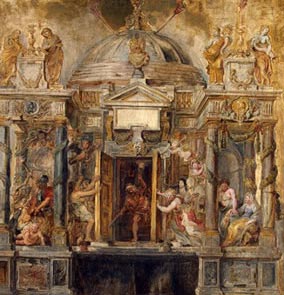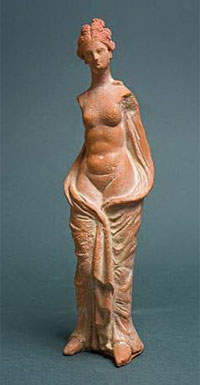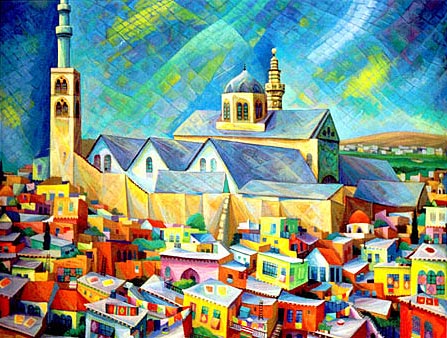Landscape poetry
 My lessons in art history are different. I give lectures to adults, and I try to talk more with the children, to play, to bring about “co-creation” in them. Especially fascinating for both parties are classes devoted to the landscape genre. The first lesson in landscape for first-graders (in an art school for first-graders 10-11 years old) is traditionally held – first you need to get acquainted with the features of the genre, its varieties, with the most famous Russian landscape painters. The real upbringing of feelings begins in the next lesson, which I call “The Poetry of Landscape”. Considering the landscape paintings, we will now try to poetically interpret the image. The children themselves say that poets dedicate a lot of poems to nature, remembering Lermontov, Pushkin, Tyutchev. For me, this is a very opportune moment when I can lead my students to an understanding of the closeness of painting and poetry.
My lessons in art history are different. I give lectures to adults, and I try to talk more with the children, to play, to bring about “co-creation” in them. Especially fascinating for both parties are classes devoted to the landscape genre. The first lesson in landscape for first-graders (in an art school for first-graders 10-11 years old) is traditionally held – first you need to get acquainted with the features of the genre, its varieties, with the most famous Russian landscape painters. The real upbringing of feelings begins in the next lesson, which I call “The Poetry of Landscape”. Considering the landscape paintings, we will now try to poetically interpret the image. The children themselves say that poets dedicate a lot of poems to nature, remembering Lermontov, Pushkin, Tyutchev. For me, this is a very opportune moment when I can lead my students to an understanding of the closeness of painting and poetry.
It is known that the arts do not delineate their boundaries and do not reject kinship. The art of image, the art of the word, music, like the smoke of three fires, combined, intertwined in a single space and participate in a common sacrament – the poetic mastery of the world. I would like the children to feel this deep connection as soon as possible. It would mean to make their spiritual life more complex, to fill it with associations, without which real creativity is impossible.
Hiroshige. Irises in Horikiri, 1857In different cultures, we know, there were periods when the art was read in reflections of poetry, and poetry lived by the suggestions of art. As an example, I offer my students works of Japanese classical art. We also know that in the visual arts of Japan, deep penetration into the world of nature gave rise to the genre of landscape much earlier than it appeared in European painting. The sense of nature permeates the literature, painting, and applied art of Japan since ancient times. The origins of this attitude lie in the worldview of the Japanese – Shinto, he loves and honors nature, considering himself an integral part of it. As I manage, I acquaint children in class with the cult of admiring nature inherent in the Japanese and today, expressed in architecture, the art of making bouquets, the tea ceremony, when everything serves the same purpose – to wake up a poetic image in the soul.
Children were shown decorative paintings on the screen, scroll painting, engravings of Japanese masters. They themselves notice that many of the images are devoted to the rising and setting of the sun at a certain hour of the day, holidays to admire the moon and flowers of cherry and plum, blooming iris gardens, hills covered with snow, etc. Then I read them poems by Japanese poets, introduced them with the classic form of Japanese versification – haiku and tank. They listened attentively, sometimes they asked to repeat, and the poems that they especially liked were written down and learned.
For my part, I drew attention to the cohesion, the continuity of image and poetry, and the fact that the aesthetics of both is based on the emphasized role of detail and subtext. At first, when I read poems, the children tried to present a visible image, a picture (literally, what this poem “looks like”), because the laconic three-fold with its exact maturity and beauty contributes to this very much.



